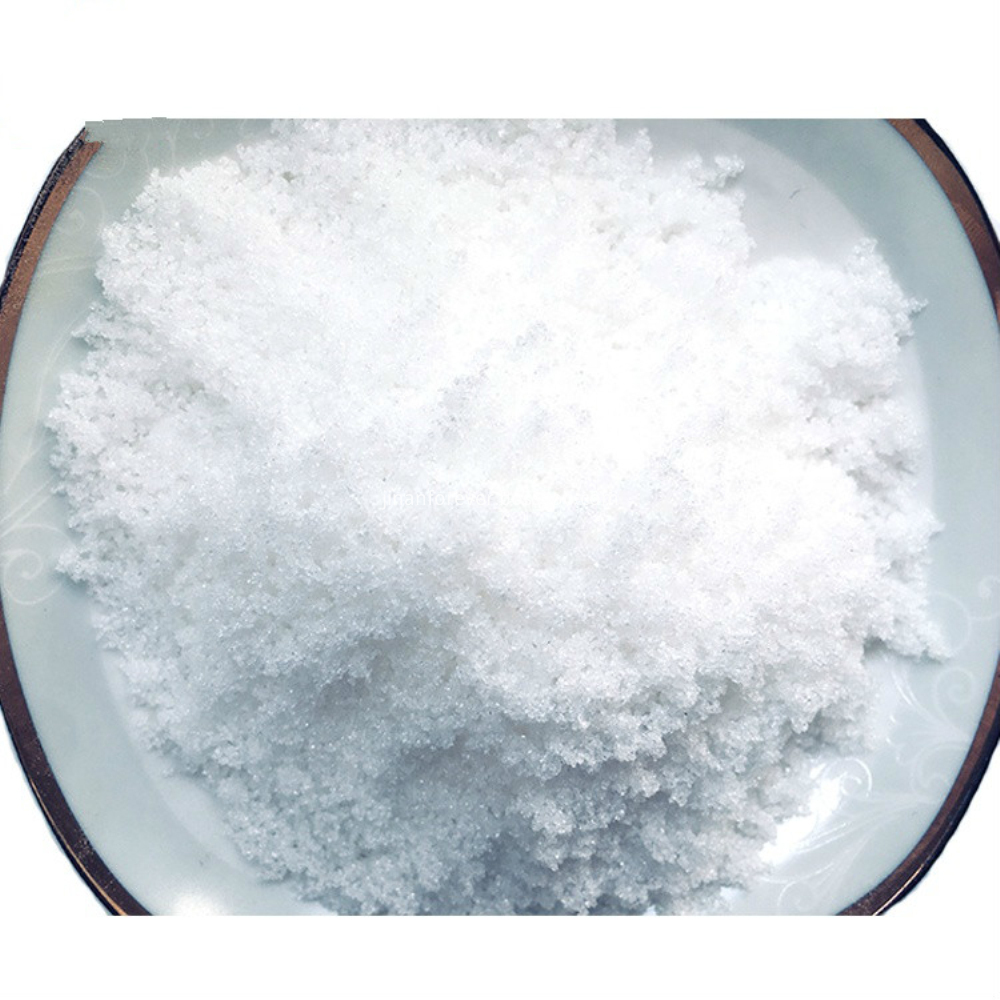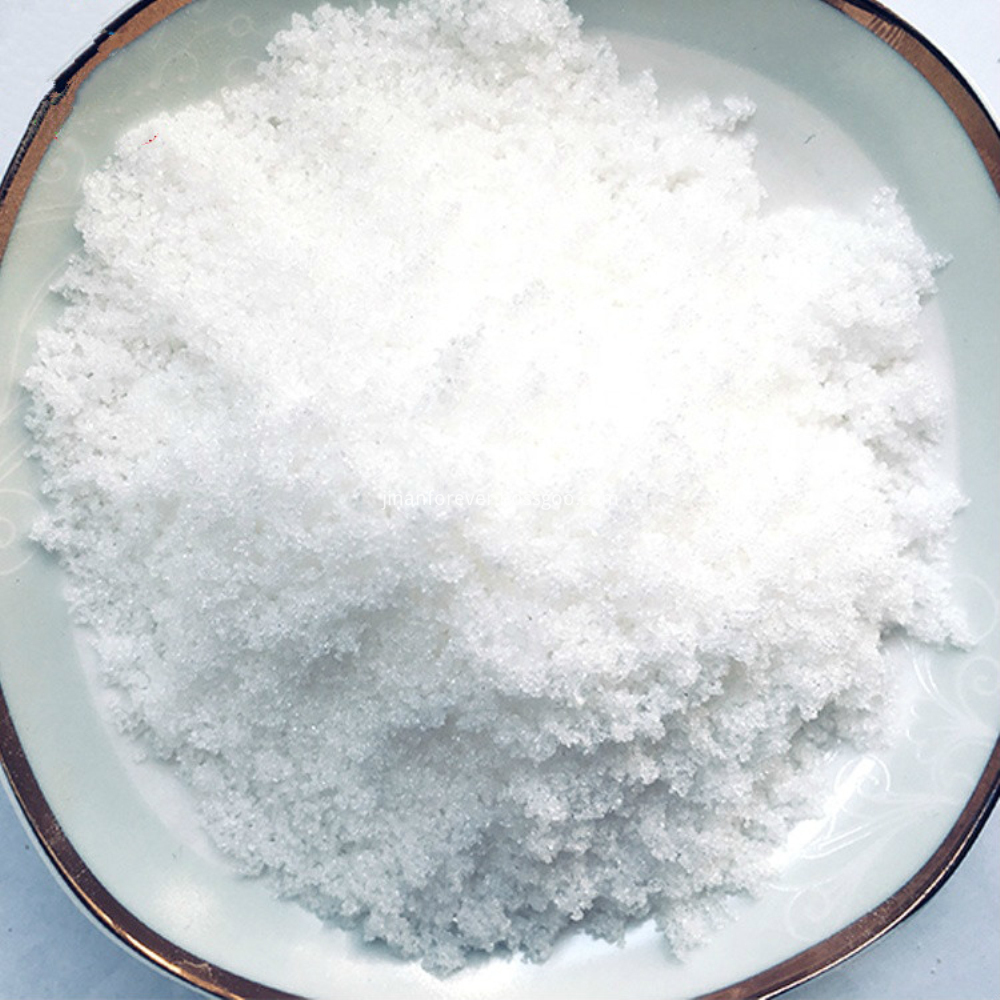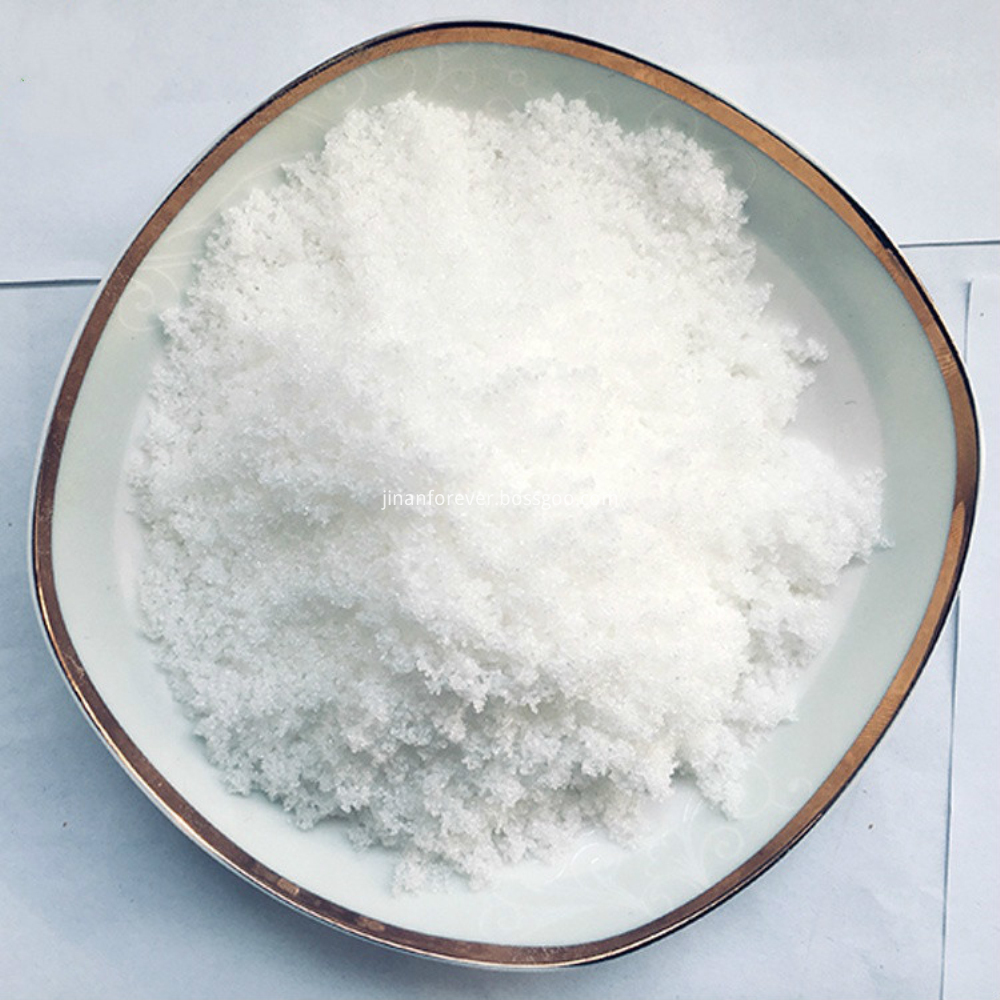Abstract The final result of the EU's anti-dumping investigation on China's daily-use ceramics, which lasted more than a year, has finally been released. According to the final ruling published by the European Union, China's daily-use ceramic products will be subject to an anti-dumping duty of 13.1% to 36.1% for a period of five years. Among them, more than 50 enterprises in Hunan Fuling...
The final result of the EU's anti-dumping investigation on China's daily-use ceramics, which lasted more than a year, has finally been released. According to the final ruling published by the European Union, China's daily-use ceramic products will be subject to an anti-dumping duty of 13.1% to 36.1% for a period of five years. Among them, ceramic tableware produced by more than 50 enterprises in Fuling, Hunan Province will be subject to an anti-dumping duty of 18.3% and 17.9%. Compared with the preliminary ruling, the final ruling is reduced by nearly 10%. Faced with such a final result, ceramic companies can be described as mixed. The good news is that compared with the preliminary ruling at the end of last year, this result obviously reduced the tax amount. The worry is that after all, anti-dumping investigations have had a lot of negative impact on corporate exports, and both export volume and export volume have been affected.
China Chamber of Commerce for Import and Export of Light Industrial Products and Crafts believes that China's export of European-made ceramic products does not constitute dumping. The EU abuses trade protection measures and damages China-EU economic and trade relations. It is not good for China's ceramic industry, but also for the EU ceramic industry. Consumers, importers and retailers are the main victims.
In February 2012, the EU initiated an anti-dumping investigation against Chinese ceramics, and in November of the same year, it made a preliminary ruling. At the end of February 2013, the EU announced the preliminary revision of the anti-dumping case against China Ceramics. The temporary tariff was reduced from 17.6% to 58.8% to 13.1% to 36.1%, and the average tax rate was 26.6%. “The overall anti-dumping defense lawyer Zhang Yi of China's daily-use ceramics industry believes that according to this tax rate, a large number of Chinese daily-use ceramics enterprises will be eliminated from the EU market. At present, China has the strength to export daily-use ceramics to the EU. From home to 400, previously, there were 2,000 to 3,000 Chinese daily-use ceramics companies active in the EU market. Li Wenfeng, vice president of the China Chamber of Commerce for Import and Export of Light Industrial Products and Crafts, told the China Trade News that ceramics belonged to light industry. Products, from 2012 to the present, daily-use ceramics have been repeatedly subjected to foreign trade remedy measures, involving a total amount of 821 million US dollars, affecting China's nearly 1 billion US dollars in exports.
Over the years, under the impetus of market mechanisms and relevant national policies, China's light industry foreign trade enterprises have made active explorations in terms of transformation and upgrading. Of course, we must also see that although China is a big exporting country, it is still not a strong foreign trade country. The extensive growth mode has not changed. It is mainly reflected in overcapacity, product grades and added value. The core technologies and independent brands that enterprises have are low. The profit is meager. More importantly, the internal and external environment that our foreign trade has faced in the past few years is undergoing profound and complex changes, mainly reflected in the fact that the cost is rising, and the external market has limited space.
China's ceramic products exports frequently encounter trade frictions, which is an inevitable stage that China needs to experience in the development of export-oriented economy. More insiders pointed out that ceramic products are traditional Chinese export products with strong international competitiveness. They account for a large proportion in the international market and have a certain influence on the international market prices, which will inevitably lead to trade friction. Because the advantages of technology and labor resources possessed by Chinese export enterprises are unmatched by other countries. In the face of competition from Chinese companies, trade barriers are the means they usually use to deal with. In addition, the Chinese ceramic industry also has a certain degree of excessive competition, and it is necessary to regulate the export order.
Product Description
Other Name: Glycine Betaine,Glycocoll betaine, Lycine ,Oxyneuyine
CAS NO.: 67-48-1
Einecs NO.: 590-46-5
Appearance: White Powder
Assay: 99.0% to 101.0%
Raw Material: Plants
Extraction Type: Solvent Extraction
Grade: Feed Grade Proteins
MF: C5H11NO2
Feed Additives: Pig, Fish, Sheep
Specification:
| ITEMS | USP30 | Feed Grade | Feed Grade |
| Content ,% | 98.0-100.5 | >=98.0 | >=95.0 |
| Loss on drying ,% | 0.5 | 2.0 | 2.0 |
| Heavy metalsPb,% | =<0.001 | =<0.001 | =<0.001 |
| As,% | -- | =<0.0002 | =<0.0002 |
| Residue on ignition,% | =<0.1 | -- | -- |
| pH1+4 aqueous solution | 0.8-1.2 | ||
| Anti-caking agent | 0 | 0 | 3.0 |
Details:
A betaine in chemistry is any neutral chemical compound with a positively charged cationic functional group such as a quaternary ammonium or phosphonium cation (generally: onium ions) which bears no hydrogen atom and with a negatively charged functional group such as a carboxylate group which may not be adjacent to the cationic site. A betaine thus may be a specific type of zwitterion. Historically the term was reserved for trimethylglycine only. It is used as a medicine as well.In biological systems, many naturally occurring betaines serve as organic osmolytes, substances synthesized or taken up from the environment by cells for protection against osmotic stress, drought, high salinity or high temperature. Intracellular accumulation of betaines, non-perturbing to enzyme function, protein structure and membrane integrity, permits water retention in cells, thus protecting from the effects of dehydration. It is also a methyl donor of increasingly recognised significance in biology.
Packaging & Delivery
Packaging Details
25 kgs/bag, 20MT/20'FCL without pallet, 18MT/20'FCL with pallets, or 800kgs/bag, 16MT/20'FCL with pallets
Loading Port: Qingdao port, Shanghai port
Lead Time : within 15 days after the order



Glycine betaine,Glycocoll betaine,Lycine,Oxyneuyine
Jinan Forever Chemical Co., Ltd. , http://www.jinanforever.com
